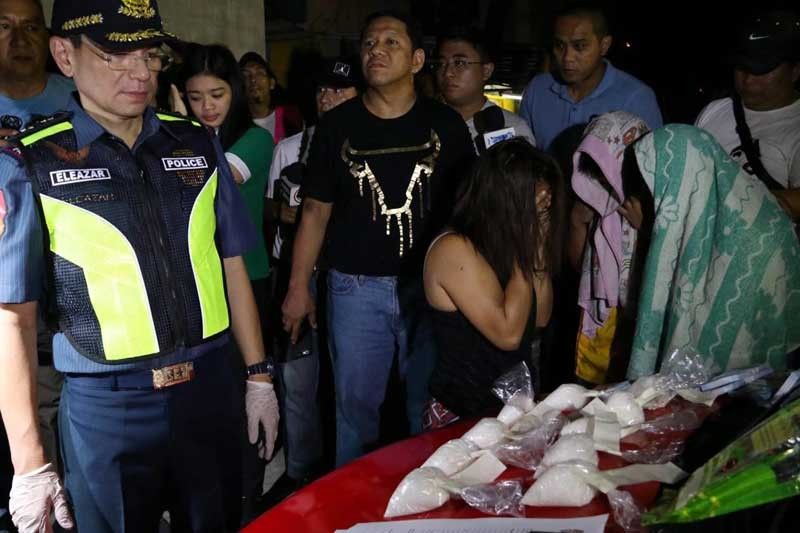PNP: 208 Metro Manila barangays affected by drugs

MANILA, Philippines — Around 12 percent of barangays in Metro Manila are seriously affected by illegal drugs, the Philippine National Police (PNP) reported yesterday.
Records from the PNP Directorate for Operations showed that 208 or 12.16 percent of 1,710 barangays in the National Capital Region are drug-affected.
A barangay is considered seriously affected by narcotics if clandestine shabu laboratories, drug dens and shabu flea markets are present, according to the PNP.
Other factors are rampant drug trafficking and presence of pushers and users.
A far second is Northern Mindanao where 11 of its 2,022 barangays are seriously affected by drugs.
Central Luzon is third with 15 of its 3,102 villages having problems about illegal drugs.
On a nationwide scale, Metro Manila ranked first in the number of barangays where narcotics remain prevalent, with 1,515 or 88.6 percent of the villages affected.
Sought for comment, National Capital Region Police Office (NCRPO) director Maj. Gen. Guillermo Eleazar said the drug menace is expected to persist in a highly urbanized region such as Metro Manila.
“Metro Manila is densely populated and the barangays here are urbanized,” he said in a phone interview.
Eleazar pointed out that under the parameters of the Philippine Drug Enforcement Agency, the presence of one drug pusher or user is enough to consider a village as drug-affected.
He said drug activities in the metropolis usually happen in slum communities such as Quezon City and Manila.
Eleazar said the situation is different in the provinces where residents in a community could easily identify who among them are involved in the illegal drug trade.
The NCRPO chief said they are gaining headway in the war on drugs, adding that crimes in Metro Manila have decreased by at least 58 percent.
- Latest
- Trending

































